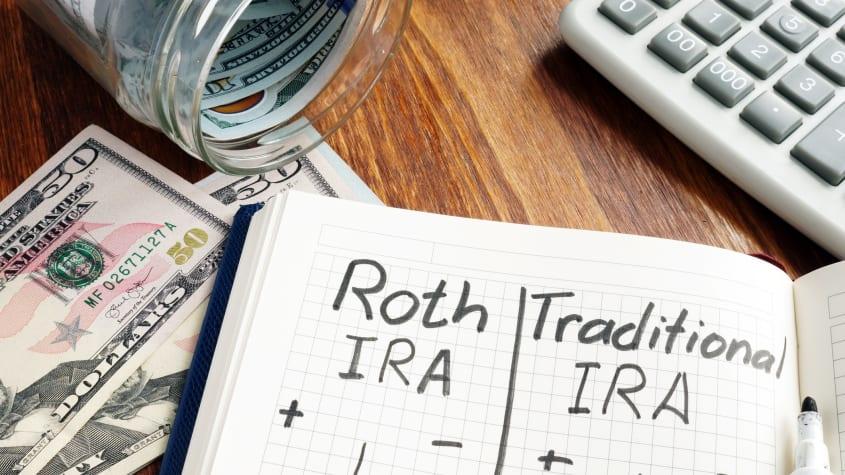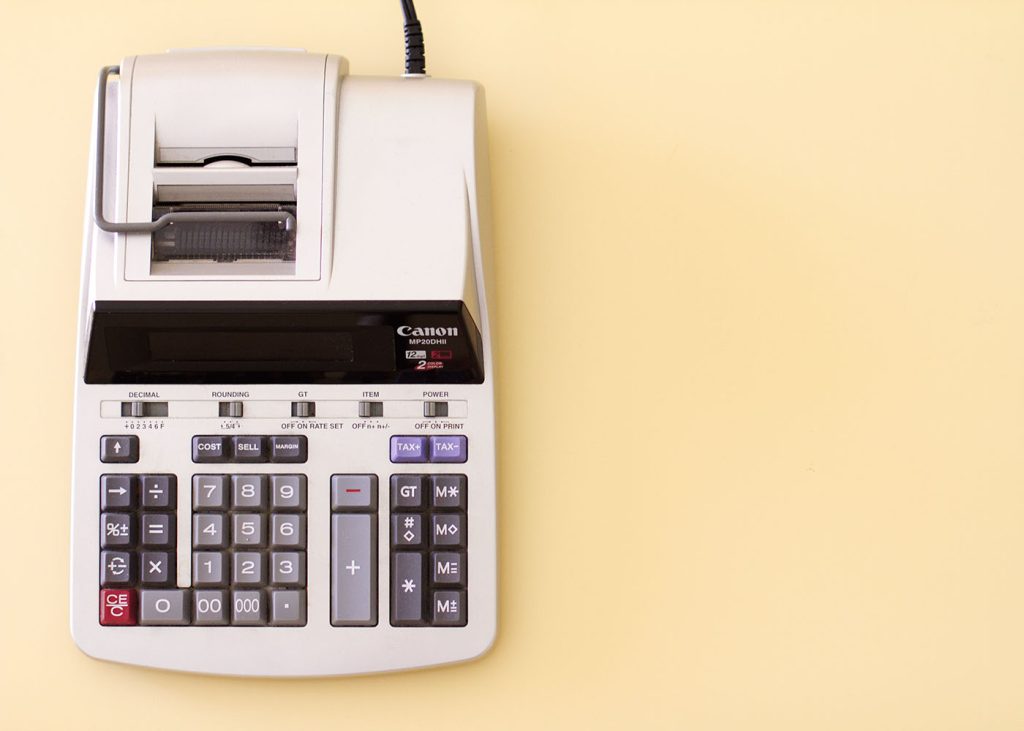You saved diligently, invested carefully, and now you have a sizeable nest egg that can most likely replace 80% of your pre-retirement income. Why should you go through the tiresome process of creating a budget?
No matter how carefully you plan, many things are out of your control that can impact the income your plan can provide:
- Market volatility
- Extended market downturns
- Increased taxes
- High inflation
And on the spending side, you may not have as much control as you think. Retirement expenses can be extremely variable. As you move through each retirement phase, your spending profile may change.
It’s important to adjust spending as needed to ensure that you are not outspending your income, whether because your income has declined or your expenses have increased. But without a clear understanding of what you spend, that can be difficult to do.
Creating a budget allows you to identify and track expenses today and in the future. It can help you build flexibility into your retirement plan and provide peace of mind.
Plan for the Big Changes
Before you can budget expenses, you’ll need to understand if you will make any big lifestyle changes impacting expenses or income. These can include downsizing a primary residence, planning to sell a second home if additional income is ever needed later in retirement, or identifying sources of funds if you intend to ramp up spending on a new business, education, a hobby, or extensive travel. Spending these funds in early retirement will lower overall retirement plan growth.
Think about retirement in different phases and capture the big income and expense changes in each phase. For example:
- Early retirement – Delaying social security, potential tax impact of a Roth conversion
- Mid Retirement (after age 72) – RMDs kick in
- Late Retirement – Increased charitable giving, additional healthcare expenses, potential home renovation if intending to age-in-place
Categorize Expenses by Necessary and Discretionary
The first step to an effective retirement budget is understanding what you need to pay from both a monthly and an annual perspective. Annual is included because there are often expenses that aren’t captured in your monthly plan.
The big monthly categories are healthcare, housing, utilities, clothing, transportation, and food. However – these don’t really capture our modern lives. A newer list of utilities would include essentials like cell phones, cable, etc. And your healthcare budget should incorporate gym memberships and any alternative healthcare support you do regularly. While these used to be considered discretionary, they can make a big difference to ongoing health, and keeping up with them now can lower healthcare costs later.
The same is true for the significant annual expenses. Property taxes, insurance premiums, auto registrations, etc., are predictable. But necessary upgrades to your home may not be as simple as the 1% of your home’s value rule of thumb. Think through whether you need to upgrade appliances, buy or upgrade a generator, replace or repair items like a roof or a deck, install solar energy, or if your home will eventually need significant alterations to support you as you age.
Family events that are meaningful to you should also go into your necessary expenses. These may include money you spend on holiday gifts, education contributions you make, and outings with kids and grandkids.
While these aren’t strictly necessary, the idea is to create a flexible budget that allows you to prioritize the most meaningful things. This allows you to make changes quickly if your income changes.
Discretionary expenses are things like travel, sports, dinners out (or ordering in), streaming series tv, etc. These are things that can be temporarily stopped or skipped for a period of time. Be sure to capture everything and be honest with yourself. The cost of a car is a necessary transportation expense – but if you buy a new car every few years – that cost should go into discretionary spending.
Match Your Expenses to Your Income
The basic idea is to match your necessary expenses to your stable sources of income, like pensions, social security, or other lower-risk predictable income streams.
If you can’t pay for all your necessary items with stable sources of income, you may want to make a few lifestyle changes.
Discretionary spending should be funded from more variable sources of income. If the market experiences a downturn, you can cut back before you need to liquidate to cover expenses.
The Bottom Line
Budgeting in retirement keeps you on track to match the lifestyle you want with the income your assets can provide – in any market or economic environment. No matter what retirement stage you are in, our current environment of high inflation and volatile markets is putting a dent in retirement plans. Understanding what you need to spend and where you can most painlessly cut back can help you ensure that your plan will provide the retirement you want – for your entire retirement.



